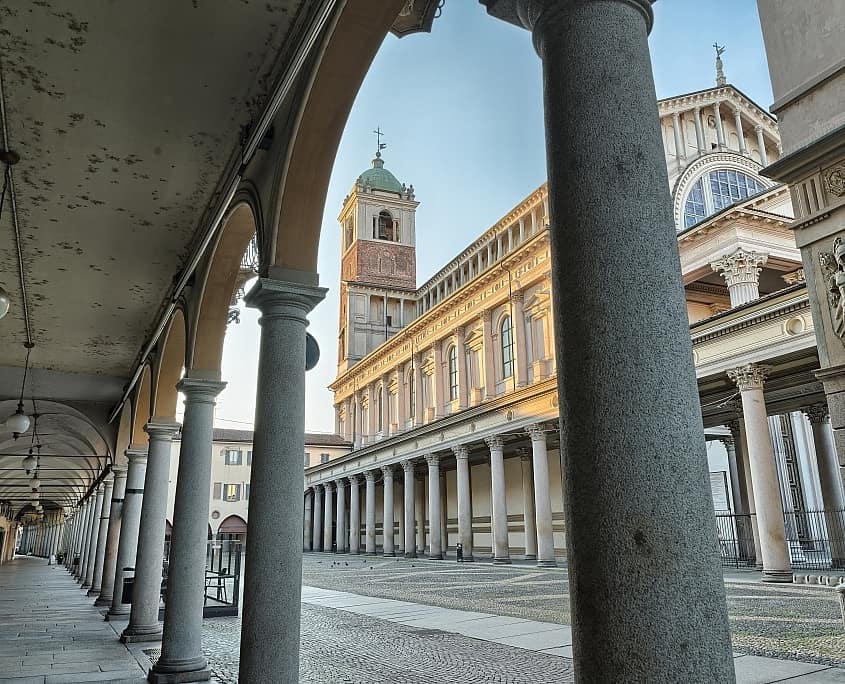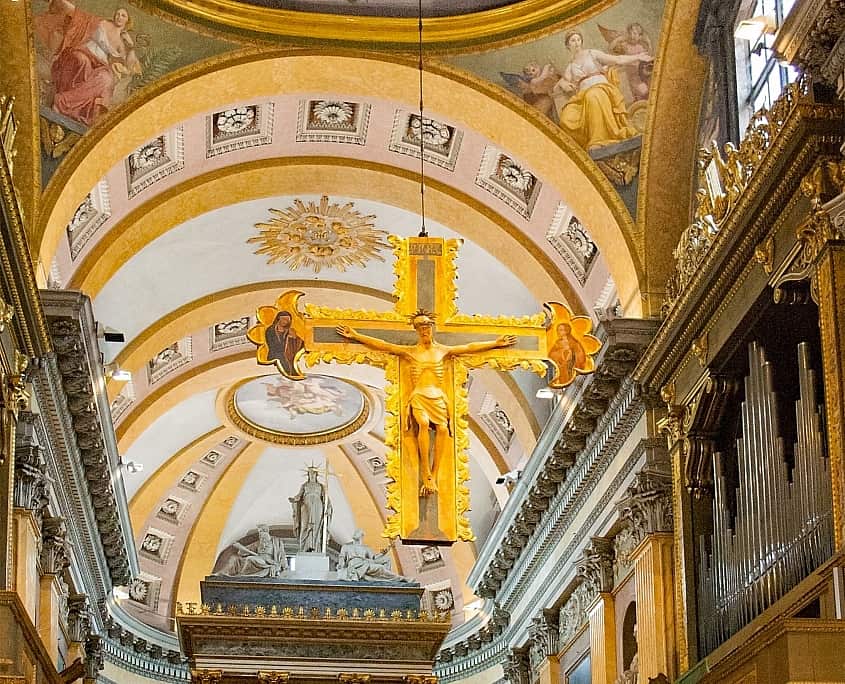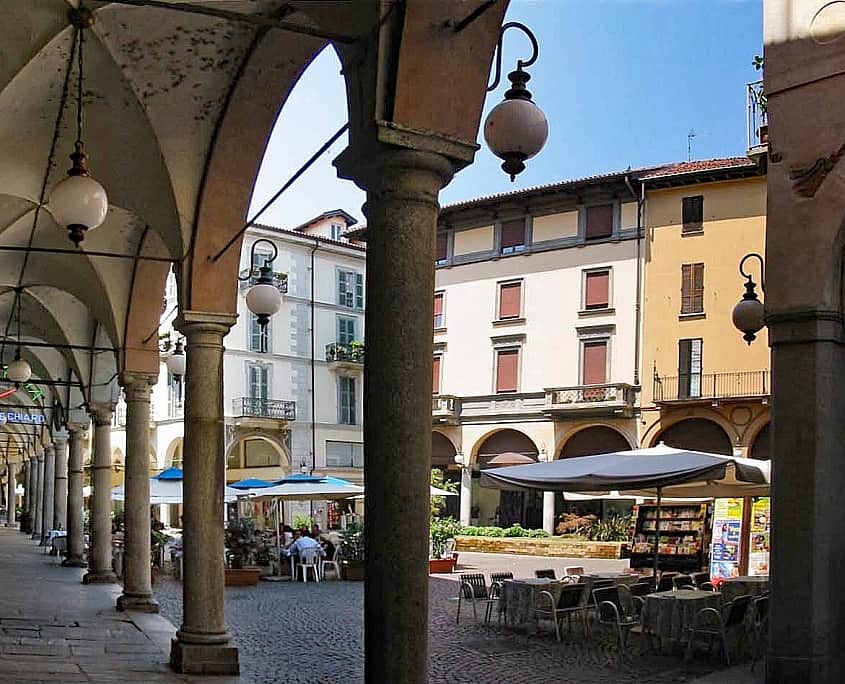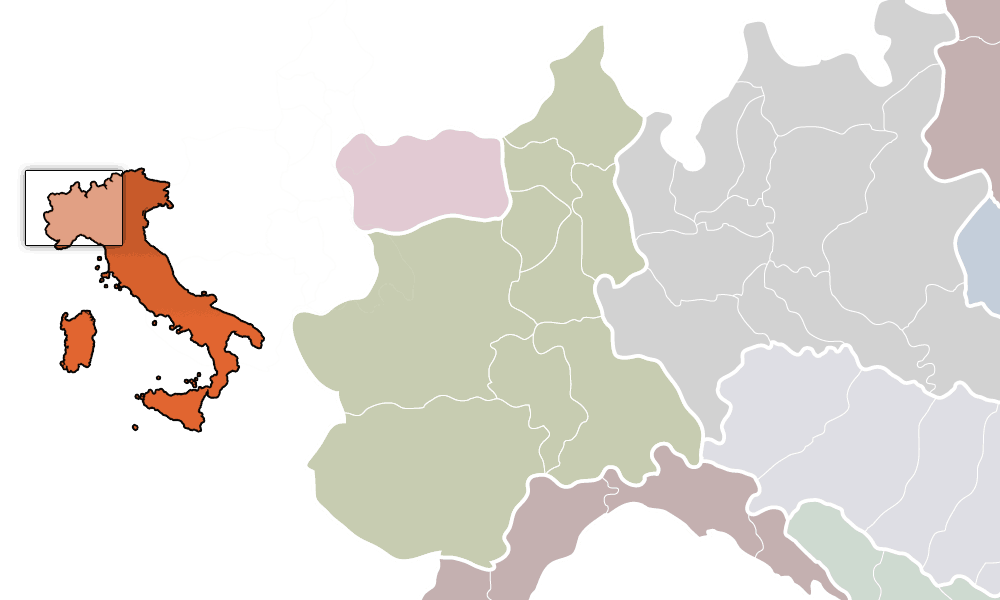Novara is the second largest city in the Piedmont region. It is characterized by a beautiful neoclassical architecture of the 19th century. Novara’s landmark is the dome of the Basilica of San Gaudenzio.
The province of Novara is separated from the Lombardy region with the Ticino river and in its northern part with Lake Maggiore. The province is embedded in the rice-growing regions of the Sesia and Ticino rivers (Ticino) and surrounded by vineyards and castles.
Between the rivers Terdoppio and Agogna lies the provincial capital Novara. It has a rich history and legends with ancient roots. Novara is 50km from Milan and 100km from Turin. After Turin, Novara is the most populous city in Piedmont.
Novara was probably a Ligurian center in the 5th century BC. Later it was ruled by Gauls, Celts and Romans. It was on the road between Vercellae (Vercelli) and Mediolanum (Milan). Julius Caesar built the municipality in the 1st century BC. During this period, Novara became a thriving economic center in northern Italy. The rectangular Roman architectural style is still visible in the city center today. Remains of the Roman city wall are exhibited in the municipal museums and in the Lapidario Museum.
In the early Middle Ages around 569, the Longobards occupied Novara. After the Franks in 774, Novara was conquered by Pombia, and later fought with Barbarossa. Novara joined the Lega Lombarda in 1167. Over the centuries, the rulers changed from the Spanish, the Sforza (1448), and the French before the city fell to Austria in the Peace of Utrecht. In 1734 the Savojans took over.
In the 19th and 20th centuries, Novara experienced a dynamic industrial development, which was manifested by the railway connection and the foundation of the university. Gaspare Campari invented his famous liquor here in Novara in 1860, but built his factory in Milan.
Piedmont Tours and Activities For Individual Travellers and Groups by milano24ore
Private Travel Group Travel







